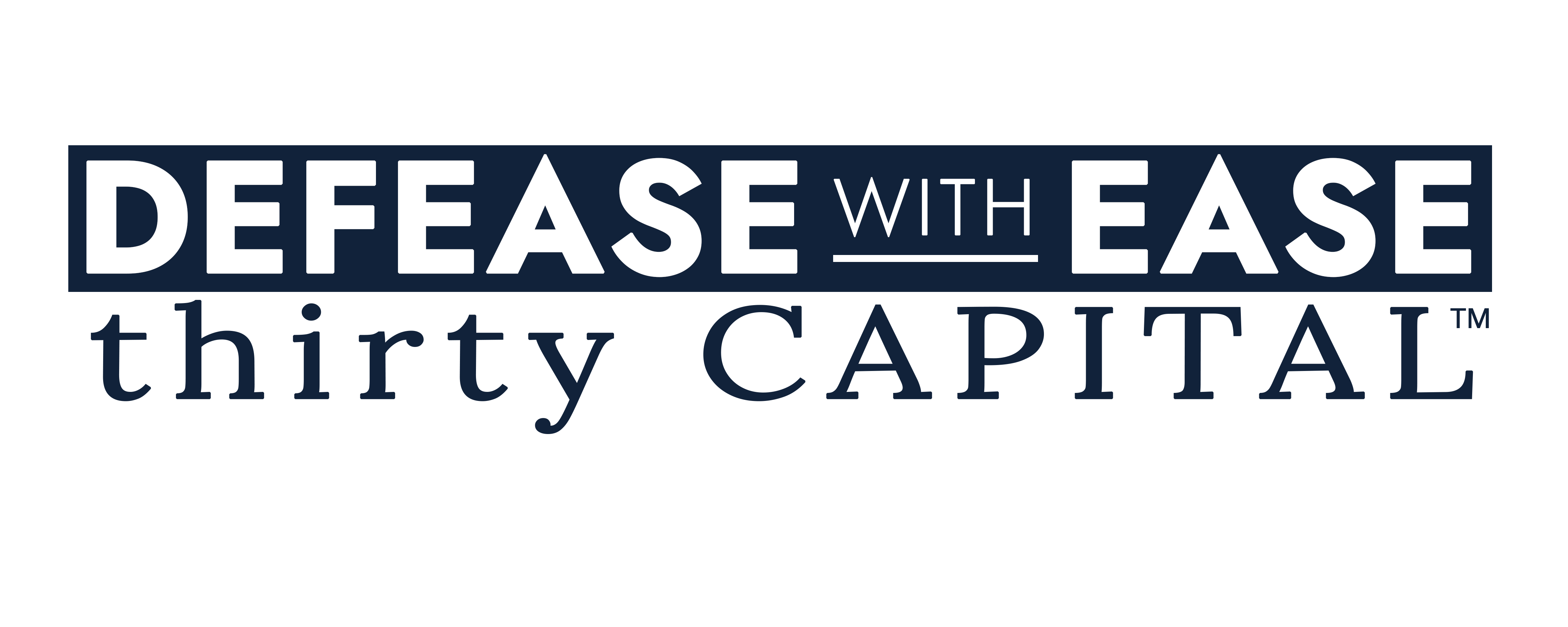Conventional wisdom says refinancing should reduce your interest rate and improve cashflow. But when structured equity starts eating into returns and eroding investor alignment, the best move isn’t always the most obvious one. Sometimes, preferred equity refinancing with higher-rate debt can unlock liquidity, trigger promote structures, and regain strategic control—all while improving the blended cost of capital.
That’s exactly what happened in a recent multifamily transaction where the sponsor made the bold decision to refinance into a more expensive loan. On the surface, it looked counterintuitive. But under the hood, it was a sophisticated restructuring move designed to streamline the capital stack and strengthen long-term performance.
Want to listen to the discussion? Click here to watch the 15-minute on-demand recording of the live case study.
The Asset and the Original Structure
The property in question was a 228-unit Class B multifamily property located just outside of Dallas, Texas. Acquired in early 2020, the sponsor implemented a clear strategy: buy in a growth market, execute light renovations, and increase rents.
To fund the $35 million total project cost (including $3.5 million in CapEx), the sponsor secured $21.5 million in senior debt from Freddie Mac. The loan was fixed at 3.75% for 10 years with five years of interest-only payments—solid terms for a high-leverage deal at the time.
To complete the capital stack and boost projected IRRs, the sponsor layered in $8 million of preferred equity at 13% IRR. This lowered the common equity requirement to just $5.5 million, but came with a hidden cost: an expensive, compounding obligation that would eventually drag on returns and limit exit flexibility.
Fast Forward: A Ticking Clock
Five years later, the value-add strategy had largely played out. Renovations were complete, NOI was up, and the asset was now worth $48.5 million—approximately $230K per unit—backed by a trailing cap rate of 5.5%.
But the original senior loan was maturing, and the sponsor faced three options: sell, restructure, or refinance.
Selling wasn’t ideal. The sponsor believed in the long-term performance of the asset and didn’t want to be forced into a disposition by capital pressures. Restructuring the preferred equity was also off the table due to pricing and complexity. That left refinancing.
The twist? The available financing came in at 6.75%—three full points above the existing senior debt. Yet it was still the right move.
Why Refi Into a Higher Rate?
The short answer: because 6.75% senior debt is cheaper and less burdensome than 13% preferred equity.
By preferred equity refinancing with senior debt—even at a higher nominal rate—the sponsor lowered the total cost of capital, returned capital to investors, and gained control over the timing of a future sale or refinancing. The new bridge loan also featured interest-only payments, no ongoing owner covenants, and flexible prepayment options—critical benefits in today’s uncertain rate environment.
From a strategic standpoint, the move was less about chasing rates and more about removing the IRR time bomb that preferred equity represented. The new structure aligned investor expectations, triggered promote distributions, and positioned the sponsor to take advantage of future upside on their own terms.
Behind the Numbers
Let’s look at the actual economics.
Before the refinance:
- Debt service: $1.85 million
- Preferred equity obligation: $1.4 million (annually)
- Blended cost of capital: 6.90%
After the refinance:
- Debt service: $2.13 million
- Preferred equity obligation: $0 (retired)
- Blended cost of capital: 6.75%
At first glance, annual costs increased. But the key is that the blended cost of capital actually came down because the preferred equity refinancing—which had equity-like economics and compounding returns—was removed. The capital stack was simplified, risk was reduced, and control was returned to the sponsor.
Modeling and Execution
To support the strategy, our team at Defease With Ease | Thirty Capital ran multiple models behind the scenes:
- Refinancing Feasibility: We modeled valuations using cap rates ranging from 5.25% to 6.00% to demonstrate that there was real equity to unlock. The property’s performance supported a new valuation of $48.5 million, giving the sponsor room to refinance and still return capital.
- Interest Rate Sensitivity: We analyzed forward SOFR curves and interest rate forecasts. Even if rates dropped 50–75 basis points in the next 6–12 months, holding the 13% pref any longer would’ve compounded returns and eroded investor equity.

- Lender Process and Legal Review: We ran a competitive process, sourced five term sheets, and selected a three-year interest-only bridge loan with 65% LTV. We also worked with counsel to ensure preferred equity was retired in line with original agreements—without triggering tax or capital allocation issues.
- Promote Analysis: We reviewed the JV waterfall and modeled scenarios to confirm when the promote would trigger. This helped the sponsor frame the transaction with investors, ensuring transparency and alignment.
Results That Matter
The refinance generated $31.5 million in new loan proceeds. That covered the outstanding loan, retired the preferred equity, paid closing costs, and returned $1.2 million in cash to the investors and sponsor.
More importantly, the transaction:
- Eliminated a compounding 13% equity obligation
- Triggered promote eligibility for the sponsor
- Delivered liquidity back to LPs
- Preserved the ability to refinance or sell opportunistically
- Positioned the asset for future upside without structural pressure
While annual cashflow dropped slightly—from $800,000 to $520,000—the tradeoff was more than worth it. The sponsor regained control, simplified the economics, and reduced long-term execution risk.
Strategic Lessons
This case proves that refinancing strategy isn’t always about chasing lower interest rates. In today’s market, it’s about total capital cost, optionality, and alignment.
Removing high-cost, compounding equity—even if it means taking on a higher debt coupon—can unlock value, restore flexibility, and strengthen investor trust. With the right modeling, advisory, and execution, even a counterintuitive move can lead to a better outcome.
That’s the kind of work we do every day at Defease With Ease | Thirty Capital. If you’re facing a maturing loan or capital stack complexity, let’s talk.





